The Pervious Concrete Paver Market is currently characterized by a dynamic competitive landscape, driven by increasing environmental concerns and the need for sustainable construction solutions. Key players such as Pervious Concrete Solutions (US), Eco-Paver (US), and NexGen Paving (US) are actively shaping the market through innovative product offerings and strategic partnerships. Pervious Concrete Solutions (US) focuses on enhancing product performance through research and development, while Eco-Paver (US) emphasizes regional expansion to tap into emerging markets. NexGen Paving (US) appears to be leveraging digital transformation to optimize customer engagement and streamline operations, collectively fostering a competitive environment that prioritizes sustainability and technological advancement.
The market structure is moderately fragmented, with numerous players vying for market share. Key business tactics include localizing manufacturing to reduce costs and enhance supply chain efficiency. This approach not only mitigates logistical challenges but also allows companies to respond swiftly to regional demands. The collective influence of these key players is significant, as they drive innovation and set industry standards, thereby shaping the overall market dynamics.
In August 2025, Eco-Paver (US) announced a strategic partnership with a leading environmental consultancy to develop a new line of permeable paving solutions aimed at urban areas facing flooding challenges. This collaboration is strategically important as it aligns with the growing demand for sustainable urban infrastructure, positioning Eco-Paver (US) as a frontrunner in addressing climate resilience through innovative products.
In September 2025, NexGen Paving (US) launched an advanced digital platform that integrates AI-driven analytics to optimize project management and customer service. This move is likely to enhance operational efficiency and customer satisfaction, reflecting a broader trend towards digitalization in the construction sector. By adopting such technologies, NexGen Paving (US) may gain a competitive edge in a market increasingly focused on technological integration.
In July 2025, Pervious Concrete Solutions (US) expanded its manufacturing capabilities by investing in a new facility dedicated to producing eco-friendly concrete mixtures. This expansion not only increases production capacity but also underscores the company's commitment to sustainability, potentially attracting environmentally conscious consumers and clients. Such strategic investments are crucial in a market where consumer preferences are shifting towards greener alternatives.
As of October 2025, the Pervious Concrete Paver Market is witnessing trends that emphasize digitalization, sustainability, and the integration of advanced technologies. Strategic alliances are becoming increasingly vital, as companies collaborate to enhance product offerings and address environmental challenges. Looking ahead, competitive differentiation is likely to evolve from traditional price-based competition to a focus on innovation, technological advancements, and supply chain reliability, reflecting the industry's shift towards more sustainable and efficient practices.


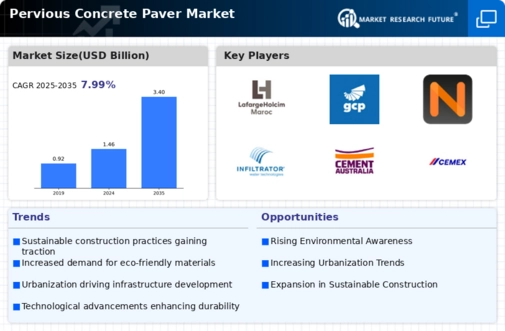
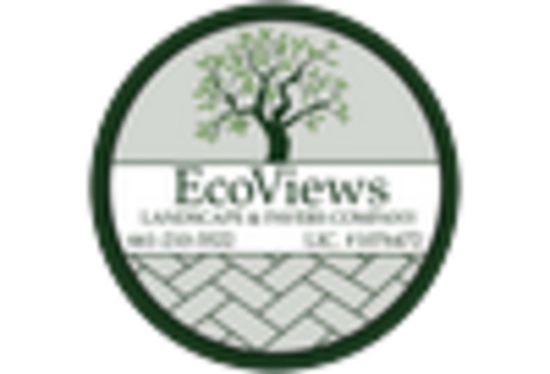

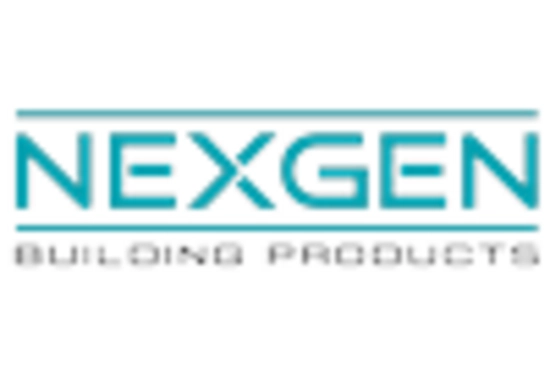
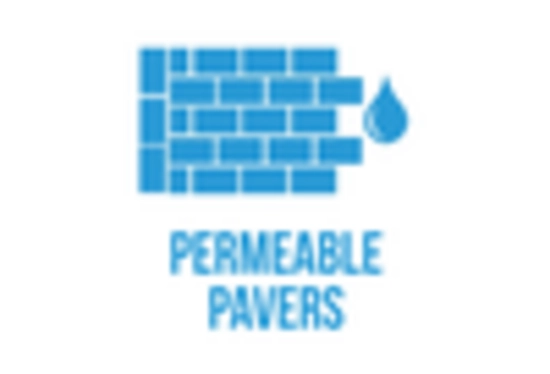
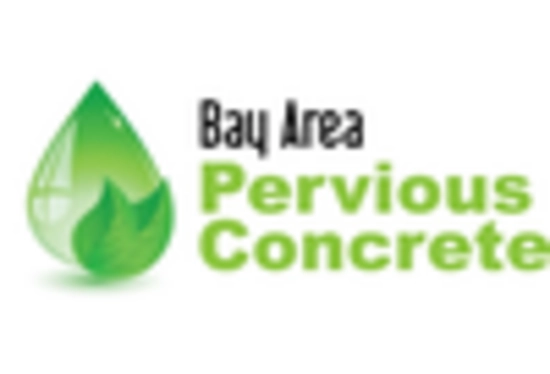
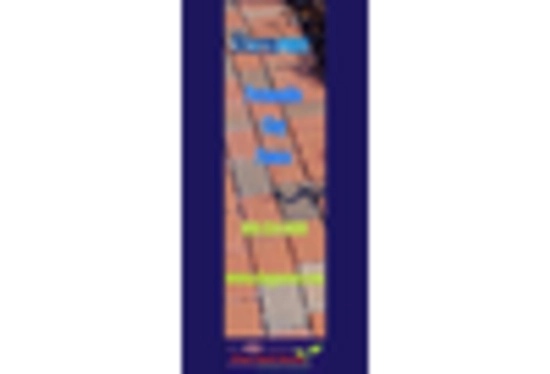








Leave a Comment